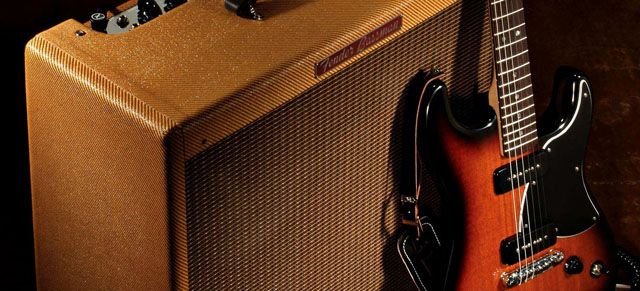
Electric Guitar Tone: What Factors Affect? Elements of the Guitar Equipment that MOST INFLUENCE on the Final Sound of the Instrument.
To a greater or lesser extent, practically all the elements that make up an electric guitar influence the final sound of the instrument. Strings, nut, electromagnetic pickups, amplifier, or even the connecting cable, can make or break a good guitar sound.
Each component brings its nuance to the final sound of a guitar, or even in the case of essential elements of our equipment such as electromagnetic pickups or the amplifier, it would not be a simple touch or nuance. These elements, depending on their quality or characteristics, can radically modify the sound of a guitar.
These components of our equipment would be two of the fundamental pillars in the creation of a good electric guitar sound. Since in the case of the pickups they would be in charge of creating the signal, and in the case of the amplifier, it would simply be in charge of processing that signal and projecting it properly.
But we will start in order from the headstock to the other end of the guitar, to review its elements and to what extent each of these components affects the sound.
What Factors Affect an Electric Guitar Tone: Pegbox Size
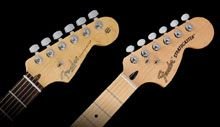
The influence on the sound is quite commented, in what refers to the size of the headstock. Many experts say that a larger headstock will add more body to the sound of the guitar, but it would be something hardly perceptible. I dare to challenge anyone, to distinguish me blindfolded between the same Strat with a large headstock, or with a normal headstock.
Another thing would be to adjust the size of the headstock to compensate for the weight of the guitar, simply for aesthetics, or in the aforementioned case of the Stratocaster, as a mere advertising medium. Since the large headstock of this guitar model was an occurrence of the CBS corporation, simply so that the Fender logo could be seen more clearly on television.
Does the Backplate of the Strat Influence the Sound?
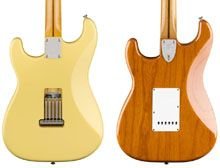
The Stratocaster model has some myths that have been generated over time, such as removing the back cover that covers the springs of the tremolo system, to get a better sound.
It is clear that a Stratocaster will sound the same with or without a Backplate, but many decide to permanently remove this cover due to the impossibility of placing the guitar strings. On modern Strat models, the top opening is placed in a position where the bridge is raised from behind.
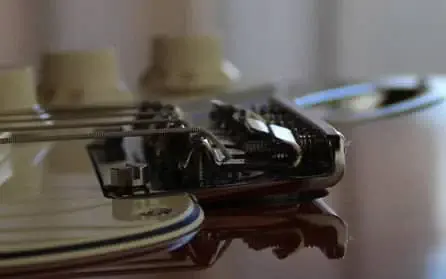
So if we want to jam the bridge against the wood, the backplate will not allow us to introduce the strings, and we would be forced to remove the top each time we put new strings, or simply remove the backplate permanently.
If we remove all the strings from the guitar with the bridge raised from behind, the springs will pull the bridge and the same thing will happen, so it is always better to change the strings one by one on this model of guitar, so that the bridge maintains its position, and allows us to introduce the strings.
If we had problems of this type, we can also cut the necessary piece of backplate to insert the strings with a fretsaw.
Then we give it the final shape with some files, and sand the burrs a little to finish the job. In this way we will never have to remove the cover to place the strings.

Tuning Pegs
The tuning pegs would not have much importance in terms of sound either. Although they are an essential part of something as important as the tuning of the instrument, and this element may be among the first improvements that we can make to our guitar if the deficiencies are noticeable.
Does a Guitar’s Nut Affect Its Tone?

On the other hand, the nut does noticeably affect the sound of the guitar, although it also affects the tuning. This is an important part of the resonance or even overall tone of the electric guitar, as this component directly transmits the vibrations of the strings through the neck.
If our guitar has a low-quality plastic nut, you will notice an improvement in tone and tuning, when switching to a bone nut. The change in tone would be truly palpable, when installing a bronze or brass nut. These materials provide additional shine, impossible to obtain with other types of nut.
What Factors Affect an Electric Guitar Tone: Neck Woods
In terms of sound, it may be the place where the change becomes most noticeable, in terms of different woods.
Maple and mahogany woods are the most used for the construction of the neck. The maple brings a brighter tone compared to the warmer tone of the mahogany wood. This tendency would become more noticeable depending on the construction wood of the fingerboard. For example, rosewood would be a wood that provides a warmer tone, and maple and ebony a more defined and bright tone.
What Factors Affect an Electric Guitar Tone: Body Woods
The construction wood of the guitar body can also contribute its slight nuance. For example, alder wood or ash have a more defined tone compared to the warmer tone of mahogany wood. Basswood would be an off-road area, widely used in models with a mixed configuration of single and double pickups.
Varnishes
Some high-end guitar brands boast the qualities of their wonderful varnishes, and ensure a high percentage in the final sound of their wonderful products. But honestly, a layer of varnish, no matter how great it is, should have little influence on an amplified and generally distorted electric instrument.
Electromagnetic Pickups: The Foundation of a Good Electric Guitar Sound

As I have already mentioned, this is one of the parts that can most influence the sound of a guitar. You can take a $3,000 Gibson Les Paul with traditional PAF pickups, trade them in for Gretsch Filtertron, and no matter how much mahogany from the moon forests of Endor and no matter how excellent their super nitrocellulose varnish is, they won’t be able to handle the signature sound. of these microphones, which will radically and completely change the sound of the instrument.
This element can improve or modify the sound of an electric guitar from a few slight nuances, to a totally drastic change.
The Importance of Strings
The strings can significantly influence the sound, depending on the manufacturer and their gauges. As we increase the gauge or section of our strings, it will provide a fuller and more forceful sound.
Scale Length

The length of the scale of our electric guitar also directly influences the tone. A Fender-style 25.5″ long scale provides a brighter tone compared to the Gibson-style 24.75″ short scale, since the latter has a shorter string length, and will require some tension. minus the string to get standard tuning.
Consequently, the strings are slightly less tense and therefore somewhat less bright than a string that is more tense on a long scale.
Fixed or Floating Bridge
The bridge is another point of contact between the free vibration of the strings and the guitar. So a contact against a fixed bridge will not be the same as a suspended bridge like the Floyd Rose. Although this type of bridge is generally used, in genres with strong distortions it will eliminate resonance problems anyway.
Shape of the Guitar
The shape of the guitar within normal parameters should not influence the sound. But we can have the problem of choosing such an ugly guitar that attracts more attention than our own music.
Connection Cables
As I have mentioned, the connection cable can also influence the tone. Although the most versatile thing is that a guitar cable has a tone that is as clear and crystalline as possible. Low capacitance cables are the standard in a guitar cable. But if we want to darken our sound as much as possible, we can always opt for a high-capacitance cable with the consequent loss of clarity.
Amplifier: The Foundation of a Good Electric Guitar Sound
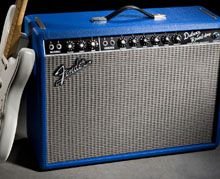
The amplifier is another of the fundamental elements, in terms of the sound quality of the electric guitar. I assure you that if we plug a $2,500 Fender American into a bad amp, and a $400 Squier into a good amp, the Squier will sound much better.
So when you think about a guitar, also think about the type of amplifier it will be connected to, for compensate for the investment in both components.
There are three general types of electric guitar amplifiers: transistorized, tube, and hybrid, which would be, as its name indicates, a mixture of both devices.
Speaker of Amplifier

Something that influences the sound quality, and even the final tone of our guitar regardless of the type of amplifier, is the speaker of our device. Since each speaker has its own characteristic tone and sensitivity. We can obtain a greater volume in the same device, simply by mounting a high-sensitivity speaker.
In this component, its quality must also be compensated, with the quality of the amplifier. It will be useless to place a $150 speaker in an amplifier that costs little more than the speaker itself.
Tubes of Amplifier
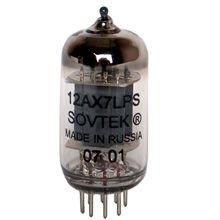
Transistor amplifiers are less internally modifiable than tube ones. In tube amplifiers we can play without having knowledge of electronics, with the brand and type of each tube. Since each manufacturer of tubes brings their own touch and qualities to their products, apart from being able to have different types of tubes with different gains to direct the saturation of our amplifier to our personal taste.
